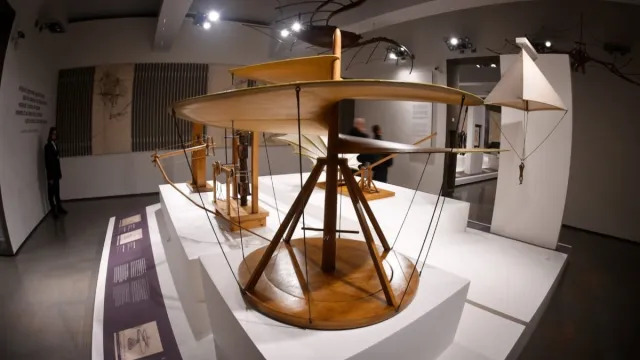Artistic Techniques in the Invention Process
Many inventors find that artistic techniques—such as visualization, storytelling, and design thinking—enhance their problem-solving skills. Sketching, for example, allows inventors to externalize ideas, identify potential flaws, and refine concepts before moving to complex prototyping. Storyboarding or narrative design can help inventors communicate their vision clearly, both to themselves and to potential collaborators or investors. These artistic tools not only make the invention process more accessible but also infuse it with creativity, enabling inventors to imagine bold, out-of-the-box solutions.
The Human Element: Empathy and User-Centered Design
At its core, both art and invention are deeply human endeavors that respond to the needs, desires, and aspirations of people. Just as artists strive to evoke emotions and challenge perceptions, inventors aim to create products and solutions that resonate with users. This is where user-centered design—a process that prioritizes the end-user’s experience—bridges the gap between creativity and functionality. By incorporating empathy and feedback into the invention process, inventors ensure that their solutions are not only innovative but also meaningful and impactful.
InventHelp: Nurturing Inventive Spirits
InventHelp recognizes that the journey from idea to market-ready product is rarely linear and often requires nurturing the creative spirit behind the invention. Through educational resources, one-on-one consultations, and access to a network of industry experts, InventHelp helps inventors cultivate their ideas while navigating the technical, legal, and business aspects of the invention process. This holistic approach honors the artistic and innovative aspects of inventing, ensuring that inventors retain their creative spark while transforming their ideas into reality.

